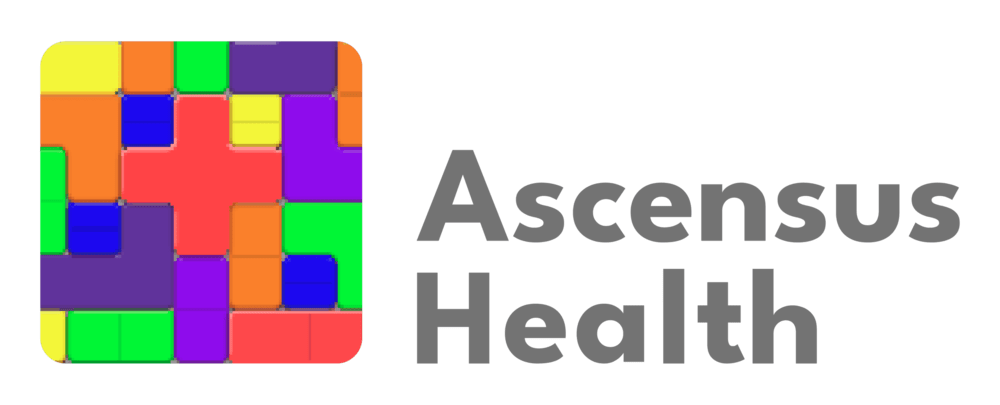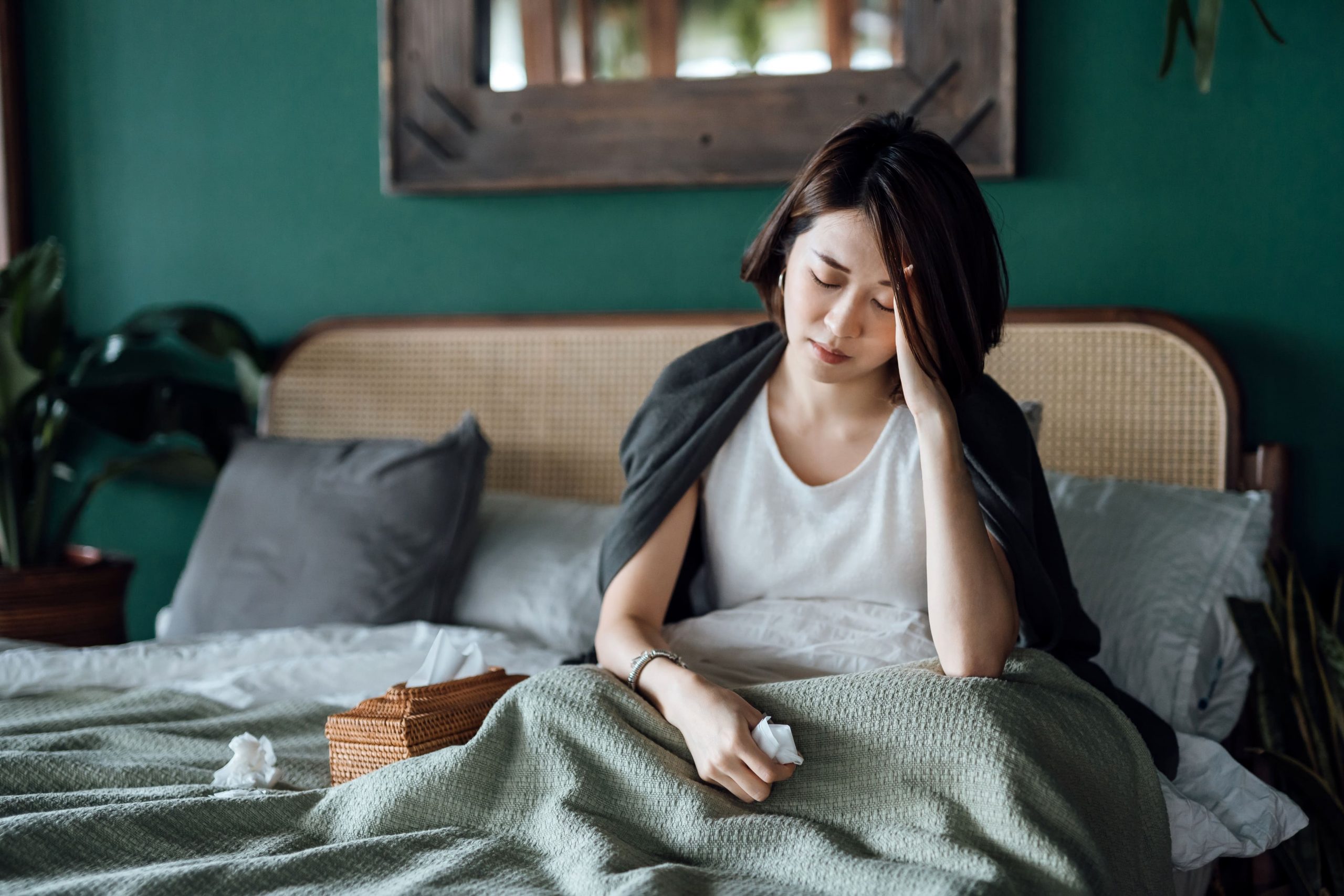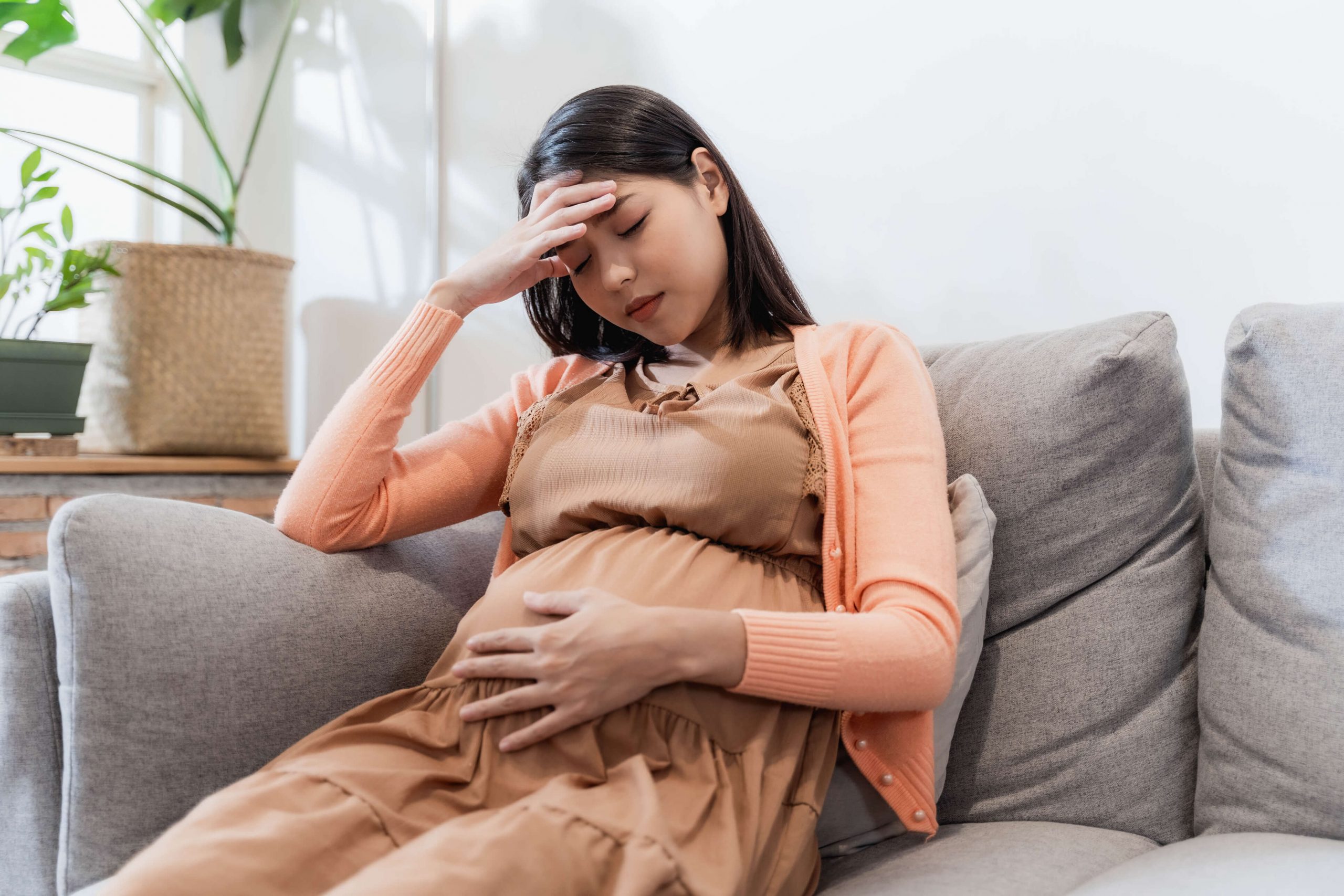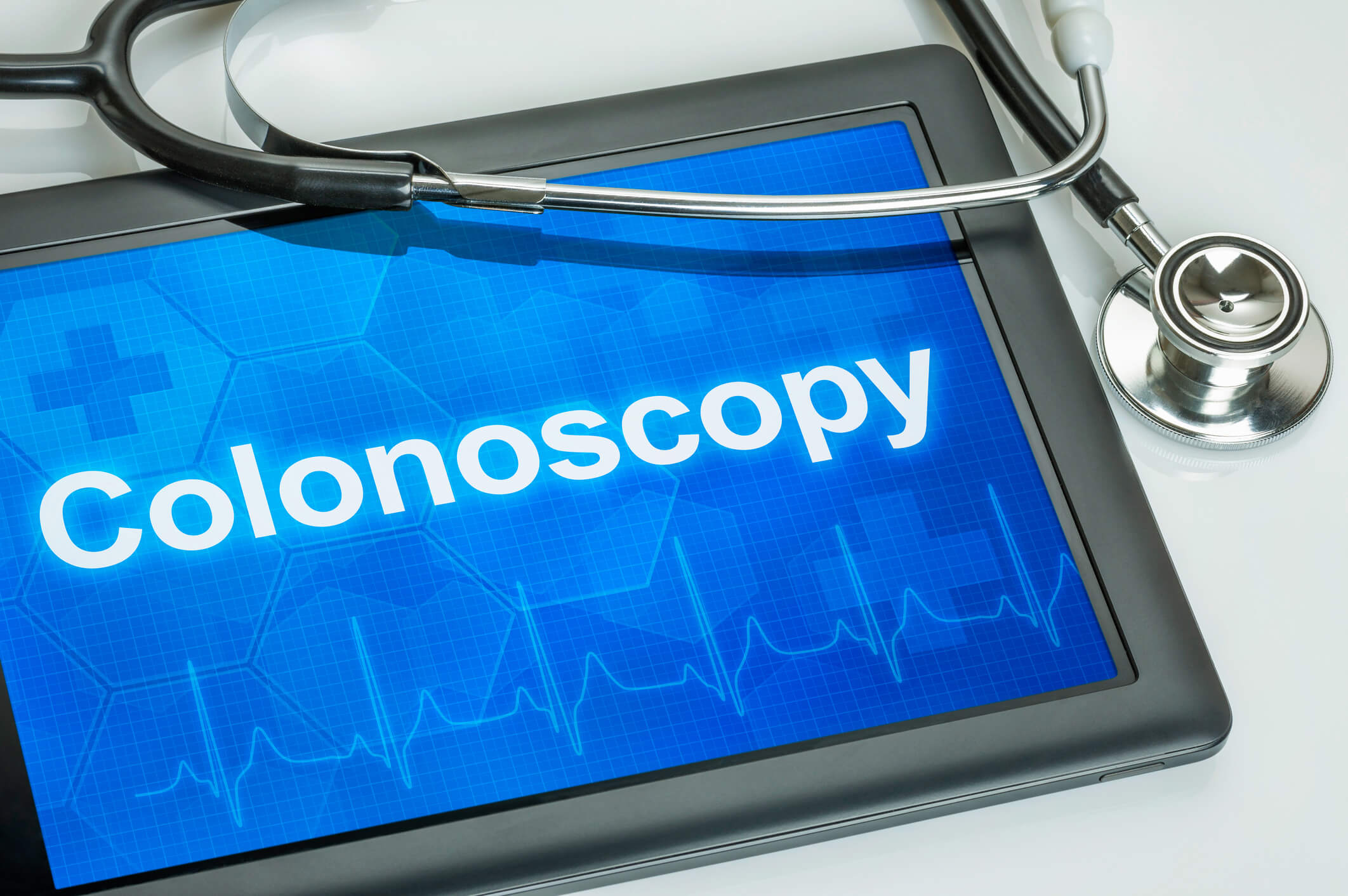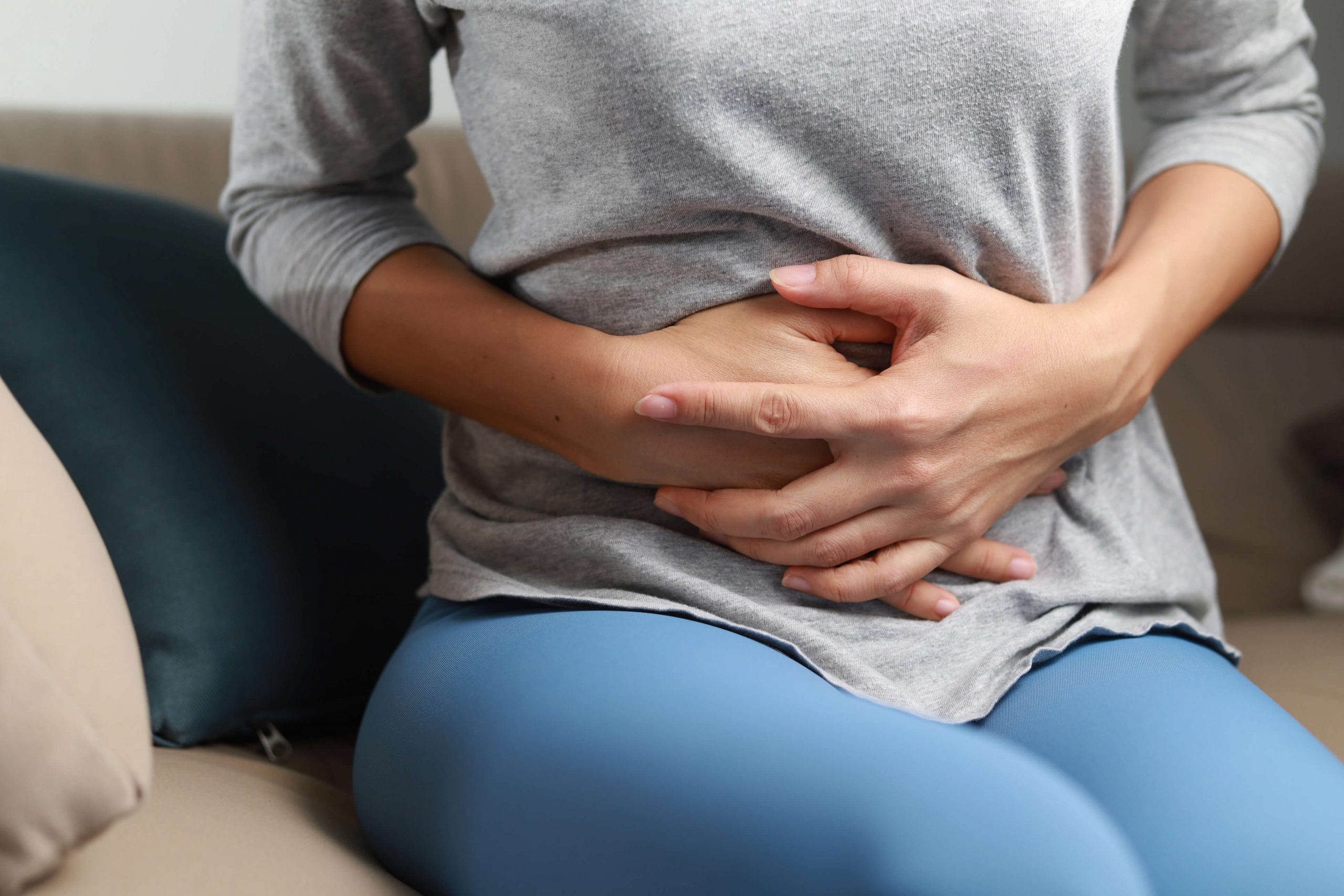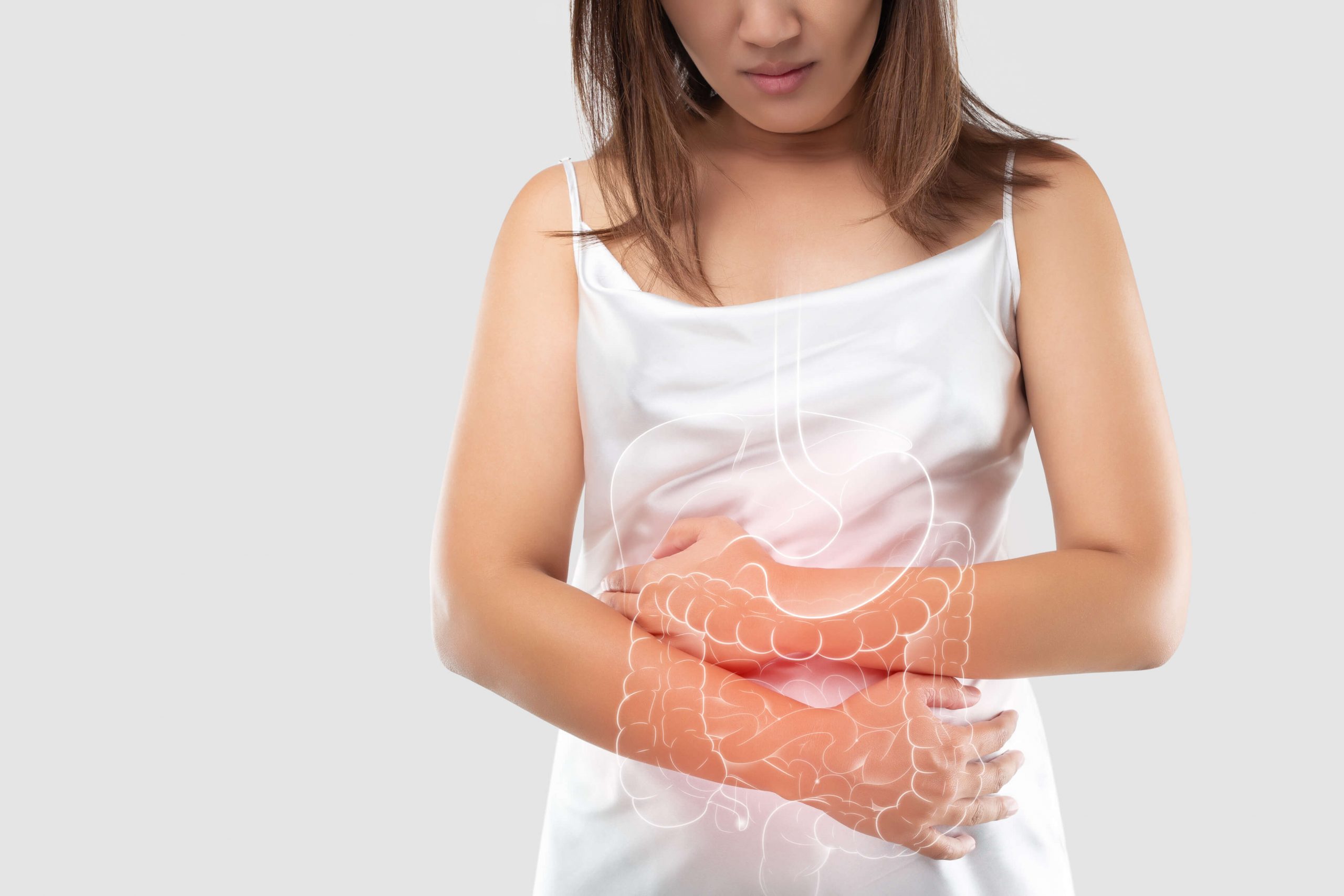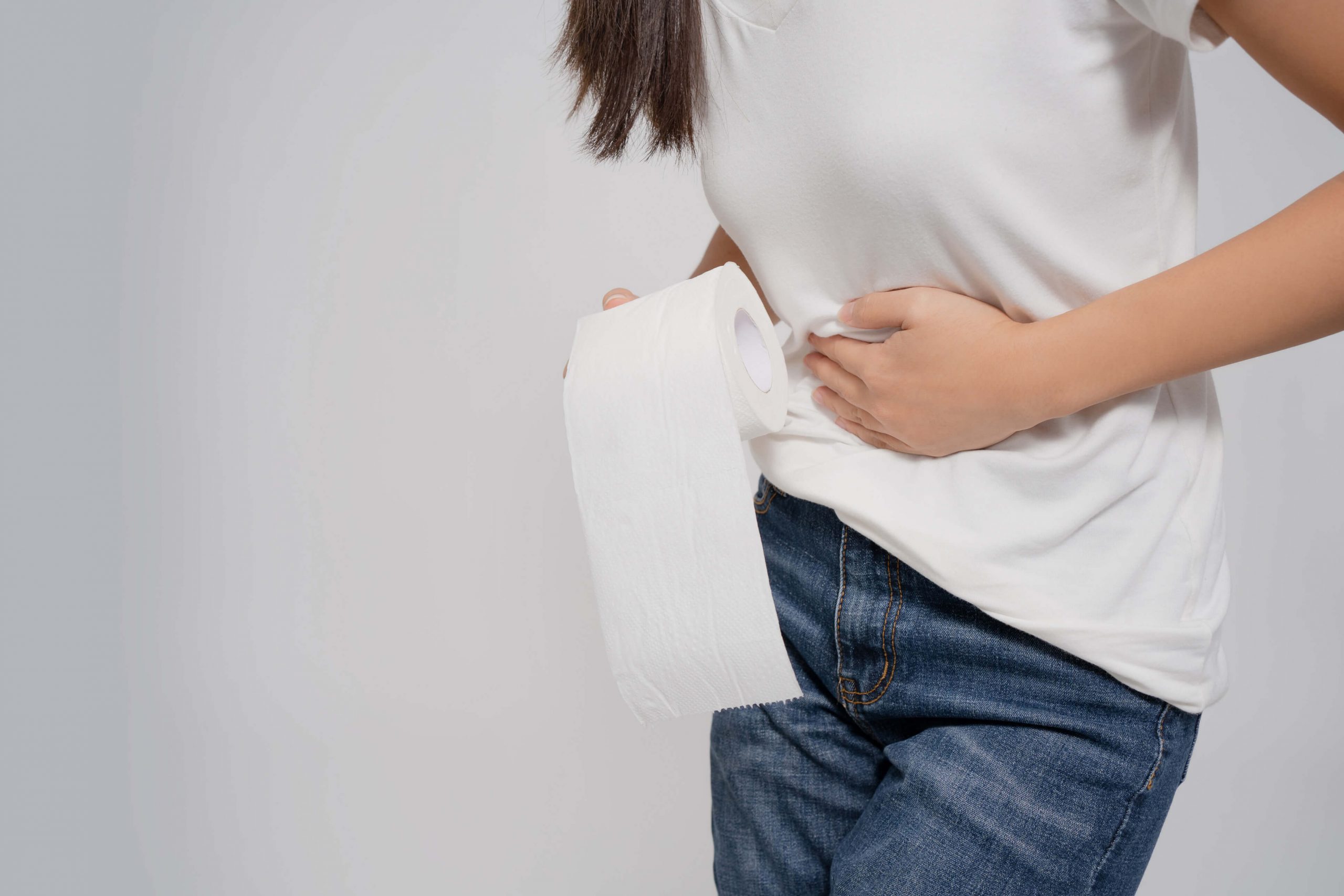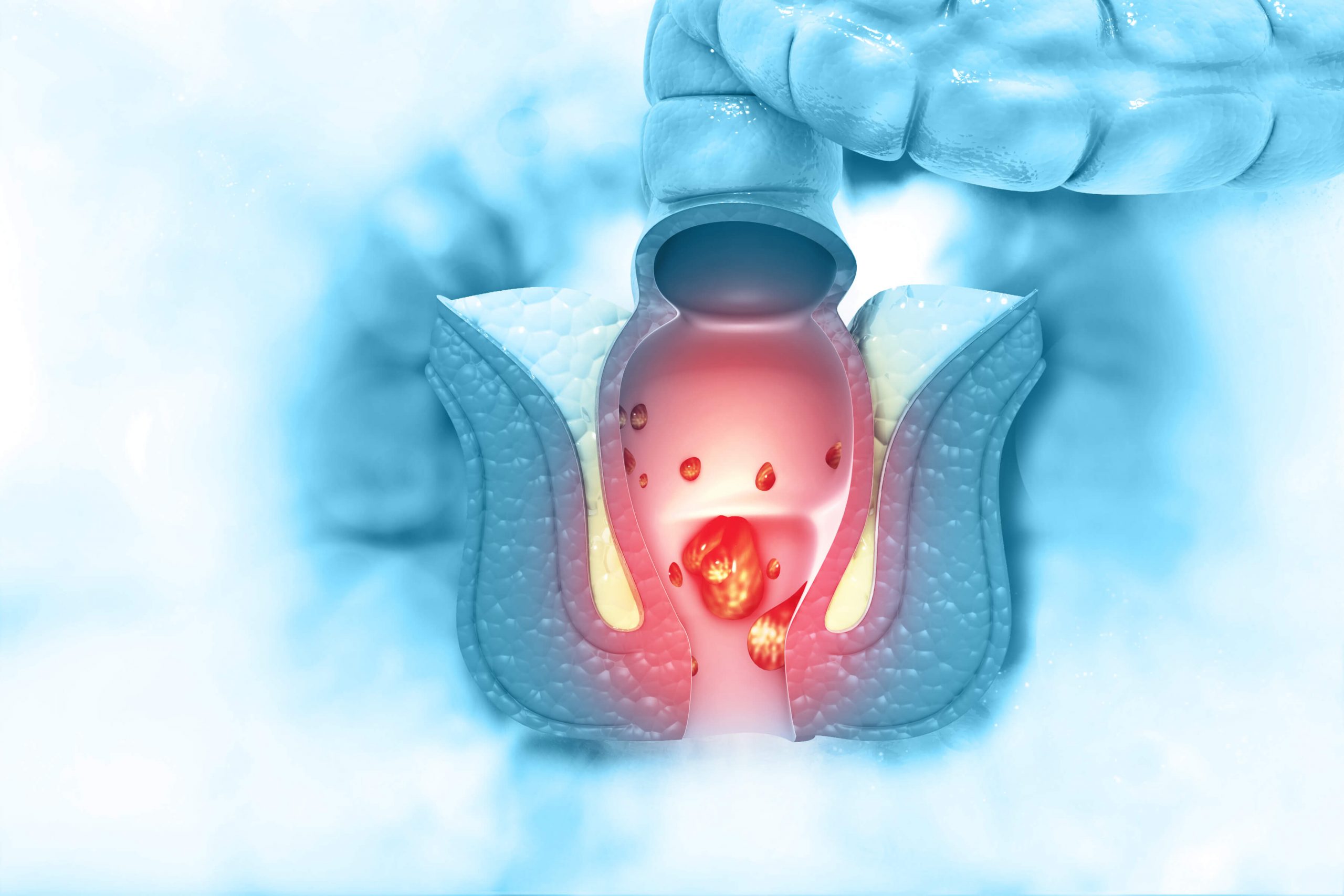Gastroscopy, also known as upper endoscopy, is a medical procedure used to examine the upper digestive tract, including the oesophagus, stomach, and the first part of the small intestine. It is commonly performed to diagnose conditions such as gastritis, ulcers, polyps, oesophageal reflux or cancerous growths. In Singapore, the cost of a gastroscopy varies based on several factors, including the type of healthcare facility, the complexity of the procedure, the patient’s risk profile, and the need for additional diagnostic tests.
Factors Influencing the Cost of Gastroscopy
Type of Facility (Public vs Private)
The cost of a gastroscopy can vary depending on whether the procedure is conducted in a public or private healthcare setting. Public hospitals in Singapore typically offer lower costs due to government subsidies available to citizens and permanent residents. Private hospitals and specialists generally charge higher fees, which reflect the level of personalised care, quality of facilities, and shorter waiting times. There are also various day surgery centres located outside of the premises of private hospitals, and these centres charge lower facility fees compared to private hospitals.
Complexity of the Procedure
The complexity of the gastroscopy can also influence the cost. A standard gastroscopy involves inspecting the upper digestive tract, but additional procedures like polyp removal can increase the procedure fees and overall costs. More complex cases requiring an extended duration, advanced techniques or usage of additional equipment or consumables are likely to incur higher costs.
Use of Sedation or Anaesthesia
Sedation is commonly used during gastroscopy to ensure patient comfort. The cost varies depending on the type of sedation used. Conscious sedation, where the patient remains awake but relaxed, is generally less expensive than deep sedation or anaesthesia administered by an anaesthesiologist, which adds to the total cost.
Additional Diagnostic Tests or Procedures
In some cases, additional diagnostic tests, such as blood tests or imaging studies, may be required before or after the gastroscopy, depending on the clinical presentation. These additional procedures contribute to the overall cost. Follow-up tests or treatments based on the findings of the gastroscopy may be necessary. Tissue specimens obtained during the procedure might be sent for histology or culture depending on the clinical indication. All these would result in additional costs.
Potential Additional Costs
Pre-Procedure Consultation Fees: Before a gastroscopy, a consultation with a specialist is usually required. The consultation fee can range from SGD 100 to SGD 250, depending on the clinic or hospital. These fees are generally separate from the cost of the procedure itself.
Post-Procedure Care and Follow-Up: This may involve follow-up consultations, especially if biopsies were taken or if abnormalities were found during the gastroscopy. Follow-up care, along with any additional tests or treatments that may be required, can add to the overall cost.
Insurance and Medisave Coverage
Insurance Plans Accepted
Many insurance plans in Singapore cover the cost of a gastroscopy, either partially or fully, depending on the specific policy terms. It is advisable for patients to check with their insurance providers to determine the extent of their coverage details and any out-of-pocket expenses they may incur.
Medisave Claim and Limits
Medisave can be used to offset the cost of a gastroscopy at both public and private healthcare facilities. Patients can utilise Medisave to cover a portion of the procedure cost. The exact amount claimable will depend on the type of procedure and the balance available in the patient’s Medisave account. It is advisable for patients to check with their healthcare provider to determine how much of the procedure cost can be covered by Medisave.
Conclusion
Understanding the costs associated with a gastroscopy is necessary for making informed decisions. By considering the type of healthcare facility, the complexity of the procedure, and potential additional services, patients can better anticipate their financial needs. Exploring insurance coverage and Medisave options can further ease the financial burden, ensuring that the procedure remains accessible and affordable.
For personalised information and assistance, reach out to Dr Sim Hsien Lin, our endoscopist and general surgeon.
